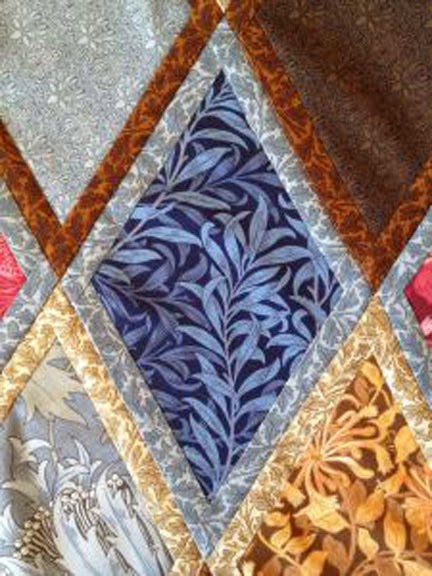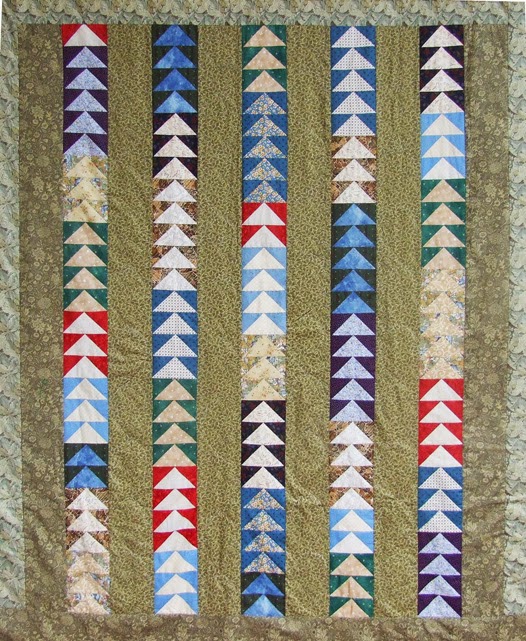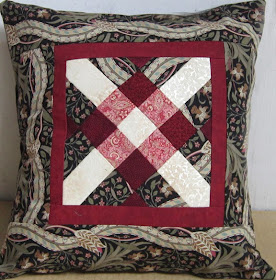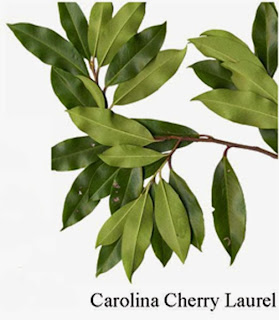Bordered Diamonds by Gert at Real Men Stitch
A very nice use of the Best of Morris prints.
It's a Kaffe Fassett & Liza Lucy pattern,
perfect for showing off a collection of fabrics.
Watch how Gert's progressing at his blog:
https://realmenstitch.wordpress.com/2015/05/02/voortgang-william-morris-en-schaapjesquilt/
The pattern's in Simple Shapes, Spectacular Quilts
Hexies in Morris prints....
Just William by Theresa Hills
http://holdingmummyshand.blogspot.com/2010/08/festival-of-quilts-round-up.html
Rectangles or strips...
The Morris Apprentice Cobblestone Quilt Kit from
Hollyhill Quilt Shoppe & Mercantile.
They mixed Morris and batiks. The kit's probably sold
out but the combination is worth noting.
Simple shape, complex cutting.
Avalon Bloom does the cutting for you. See their Kaleidoscope kits here:
Morris Magic, pattern by Michele Hill from William Morris in Applique
Michele Hill's applique design is is being kitted up in Best of Morris fabric at the New Zealand quilt shop Cottage Flair.
Below some other projects I found online
using my various Morris reproduction prints.
Bill's Baskets by Nancy Near Philadelphia
Flying Geese Scrap by Pat Baldwin
I see William in the plain strips.
From First Light Designs by Dawn White
William Morris Jelly Roll
from Jenny Carter Goodge's Pinterest page
Pillow from SJSStudio on Etsy
A Voysey print purse on Etsy from FeltMoon
Here's a dress in another Voysey print from
Morris Modernized, CFA Voysey
And a Morris print version.
http://vintagestyle.me/collections/the-forest-collection-1


























.jpg)













.jpg)


















gLKPw~~60_57.jpg)
